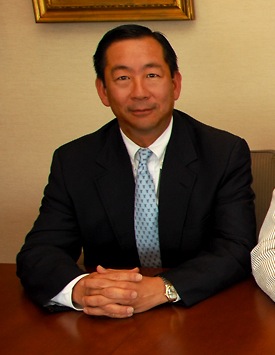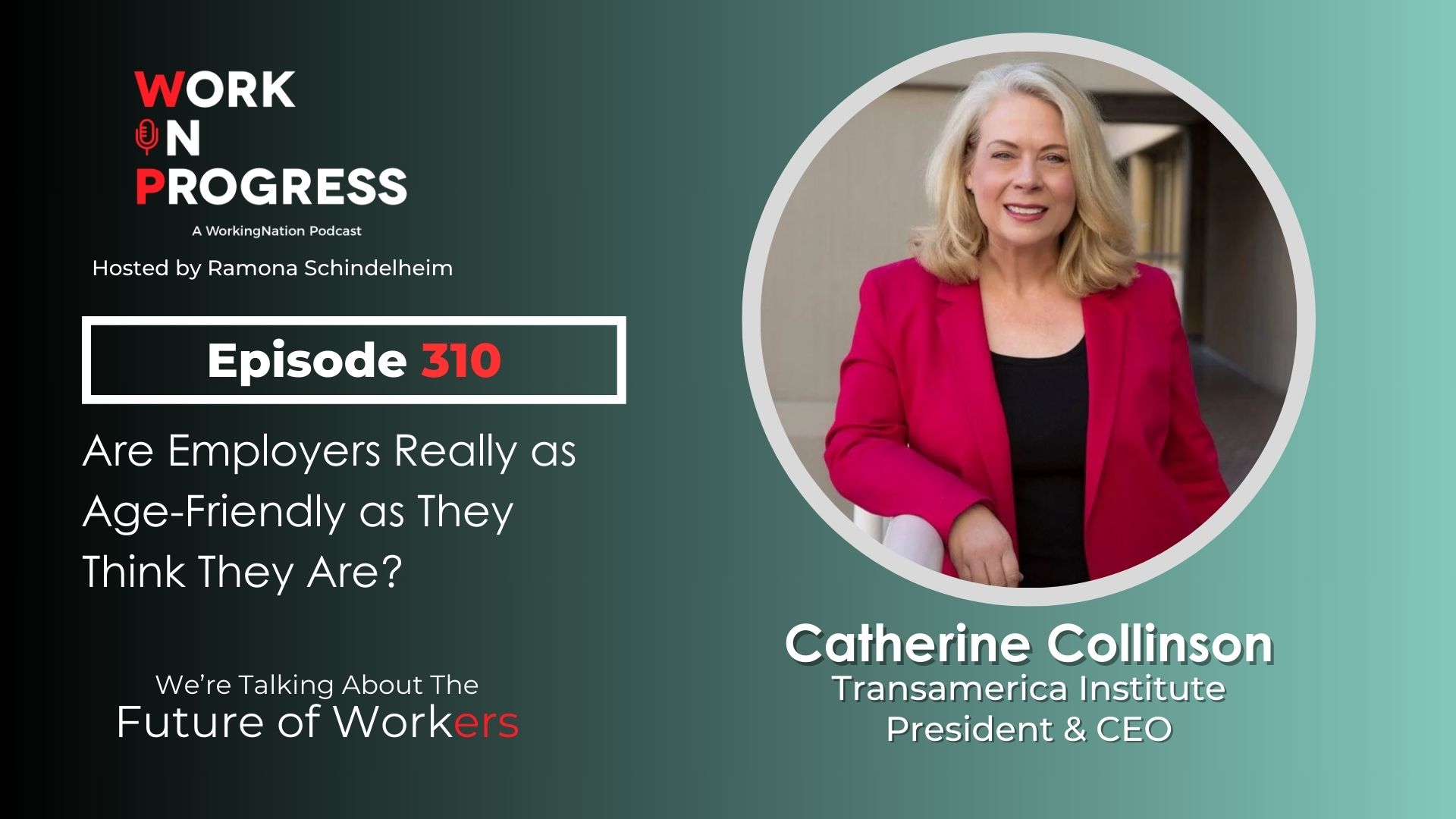The White House recently unveiled its national strategy to advance equity, justice, and opportunity among the Asian American, Native Hawaiian, and Pacific Islander communities. More than 30 federal agencies introduced plans to promote safety and equity – with data disaggregation, among the issues.
“If we were to look at everything through the lens of workforce statistics about AAPIs (Asian Americans and Pacific Islanders) in the workforce, information about promotion rates, information about representation, it’s all very, very shallow,” says David L. Kim, president and CEO, National Asian Pacific Center on Aging (NAPCA).
But Kim explains, “AAPIs continue to be, quite frankly, excluded from a lot of data gathering. In many instances, there is no data because they’ve never collected it.”

“Secondly, in those instances where they actually included Asian statistics, it is completely aggregated. In other words, you can’t tell any particular difference between one ethnicity or the other.”
Language is also an issue in data gathering, according to Kim. “A lot of these larger organizations that collect data across the country, when they do include Asians, what they don’t tell you is that typically they only survey English-speaking Asians. Consider that against the fact that 87% of the total AAPI population in the U.S., English is not their first language.”
He continues, “So, what are they representing when they say they surveyed all these Asians and they only picked English-speaking Asians? Is that really a true measure of what the attitude is?”
Unemployment among Asians in the U.S. in December 2022 was 2.4%, according to the Bureau of Labor Statistics. This compares to the overall unemployment rate last month of 3.5%.
Commenting on “Asian” statistics, Kim says, “Laziness or the complaint that it costs too much to disaggregate data means data attributed to being ‘Asian’ will perpetually be incomplete and superficial as best, wholly inaccurate and misleading at worst.”
Finding a Place in the Workforce
Kim explains NAPCA’s work, “Our overall mission is to help older adults of Asian and Pacific Islander descent age gracefully and with dignity.”
In addition to participating in the federal program – Senior Community Service Employment Program (SCSEP) – NAPCA helps provide job placement through the Environmental Protection Agency’s Senior Environmental Employment Program (SEE).
“With the SEE Program, we basically serve as an HR firm,” explains Jo Park, NAPCA’s chief programs officer. “NAPCA serves more like the consulting firm where we – behind the scenes – do the hiring, the recruitment, the paperwork, the payroll. We don’t manage their day-to-day tasks or anything on the job. That’s on the EPA side.”

“[The jobs] can be anything from entry-level, admin work to working in a lab, or doing research,” says Park.
She says, typically, there are 113 to 120 positions that need filling or are filled – and are located around the country. “Within those regions, there is a coordinator who oversees a grant. Then under the coordinator there’s a monitor, who is more of the direct supervisor who is onsite.”
Re-thinking Diversity and Being Counted
“What do people really mean when they say ‘diversity’? Asians and Pacific Islanders are often and typically not included,” says Kim. “Therein lies deep-seated, deep-rooted issues where Asians are treated as a minority group of convenience – in some cases, a privileged ‘white-adjacent’ group, a model minority, in other cases, perpetual foreigners. Americans of Asian and Pacific Islander descent need to stand up and refuse to let others define us. Plain and simple.”
He continues “The point I’m trying to make is this whole notion of diversity, equity, inclusion – the definitions as they are applied, and definitions continue to be a moving target, are more often than not, simply out of whack.”
Kim advises that those that engage in data collection should turn to organizations that know the Asian communities. “They can seek to work with community-based partners such as NAPCA who have the expertise, experience, access, and networks to be able to gather original and valid data.”
“But they need to be tangibly committed – first, by making a meaningful investment. Secondly, by not treating this is simply as a ‘one-off,’ and lastly, by appreciating that the ‘payoff’ has significant and positive consequences in the lives of those Americans of Asian and Pacific Islander descent who will now be counted, instead of continuing to be hidden, ignored, and otherwise dismissed.”











